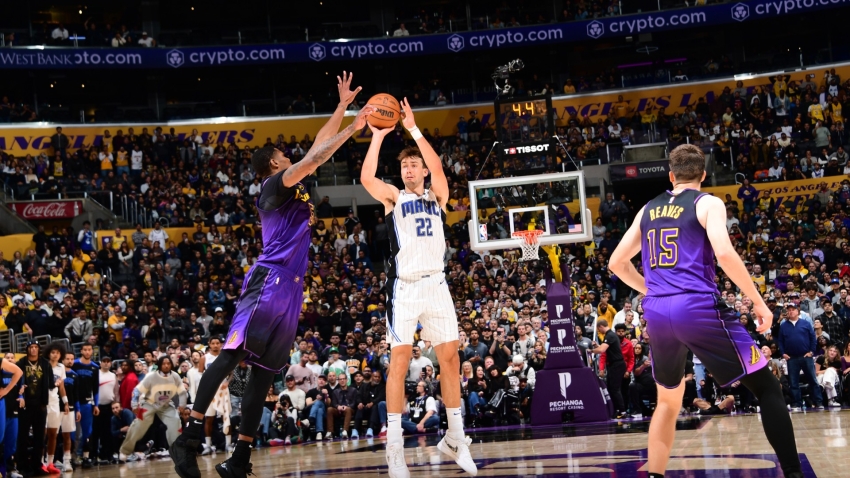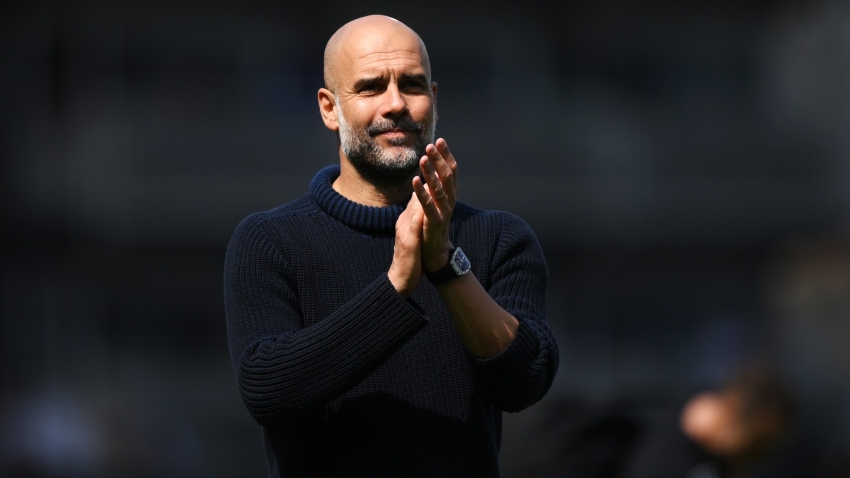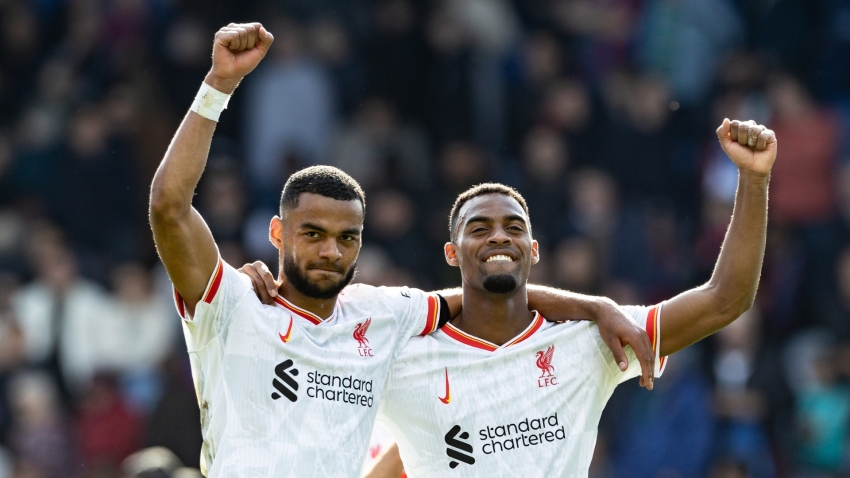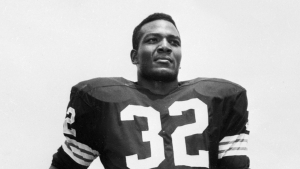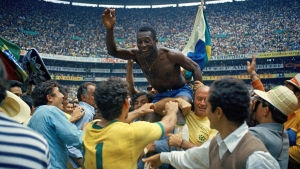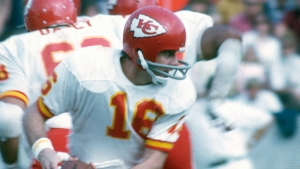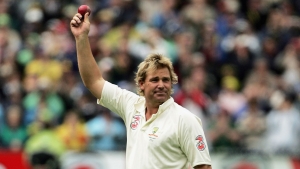Len Dawson, one of the American Football League's most renowned players who quarterbacked the Kansas City Chiefs to their first Super Bowl title, died Wednesday at the age of 87.
Dawson's family announced his death in a statement released through Kansas City television station KMBC. No cause of death was given, though the Pro Football Hall of Famer was diagnosed with prostate cancer in 1991 and had entered hospice care earlier this month.
"With wife Linda at his side, it is with much sadness that we inform you of the passing of our beloved Len Dawson," the statement read. "He was a wonderful husband, father, brother and friend. Len was always grateful and many times overwhelmed by the countless bonds he made during his football and broadcast careers."
Following an unsuccessful five-year stint in the NFL with the Pittsburgh Steelers and Cleveland Browns, Dawson jumped to the upstart AFL with the Dallas Texans in 1962 and found immediate success when reunited with head coach Hank Stram, a former assistant during the quarterback's collegiate career at Purdue.
The Texans won the first of the franchise's three league titles in Dawson's debut season and he was named the AFL's MVP after leading the league in touchdown passes (29) and yards per pass attempt (8.9).
Dawson led the Chiefs to two more AFL titles in 1966 and 1969 following the franchise's move from Dallas to Kansas City, and that latter season would be capped by a 23-7 victory over the Minnesota Vikings in Super Bowl IV in which he was named the game’s MVP.
With the AFL merging with the NFL the following season, Dawson finished as the league's all-time leader in passing touchdowns (182) and ranked fourth in passing yards (18,899). He led the AFL in passer rating six times, topped the league in touchdown passes four times and was selected to the AFL's All-Time team.
Dawson remained with the Chiefs until his retirement in 1975 and still holds franchise records for passing yards (28,507), touchdown passes (237) and games started by a quarterback (157). The Ohio native was elected to the Pro Football Hall of Fame as a player in 1987.
"Len grew up only a few miles from where the Pro Football Hall of Fame later was built, and fans in the area have always taken a special pride in seeing one of the greats from this region enshrined in Canton," Pro Football Hall of Fame president Jim Porter said in a statement. "Fans connected with Len's story of perseverance, appreciating how he gave the game one more try after five nondescript seasons when many others would have quit.
"The American Football League, and Hall of Fame coach Hank Stram, gave Len a true opportunity, and he made the most of it, building the Chiefs into a Super Bowl contender, and eventually a world champion."
Dawson remained ingrained in the Kansas City community after his retirement and gained further notoriety as a broadcaster, serving as the co-host of HBO’s 'Inside the NFL' programme from 1977-2001 and working as an analyst on AFC games for NBC from 1977-82. He provided color analysis for the Chiefs' radio broadcasts from 1985-2017 and was KMBC-TV's sports director – a role he began while still a player in 1966 – until stepping down on a full-time basis in 2009.
The Pro Football Hall of Fame later inducted Dawson as a broadcaster in 2012.
"My family and I are heartbroken," Chiefs chairman and CEO Clark Hunt said in a statement. "Len Dawson is synonymous with the Kansas City Chiefs. Len embraced and came to embody Kansas City and the people that call it home. You would be hard-pressed to find a player who had a bigger impact in shaping the organisation as we know it today than Len Dawson did."
Dawson was born in Alliance, Ohio on June 20, 1935 as the ninth of 11 children and starred locally in high school before embarking on a standout collegiate career at Purdue, where he led the nation in passing efficiency as a sophomore in 1954 and guided the Boilermakers to No. 1 Notre Dame that season.
The Steelers selected Dawson with the fifth overall pick of the 1957 NFL draft, though he never broke through as a starter in three seasons with Pittsburgh and had similar results with the Browns after being traded following the 1959 campaign.
Dawson is survived by his second wife, Linda, and two children from his previous marriage. He was married to his first wife, Jackie, from 1954 until her death in 1978


